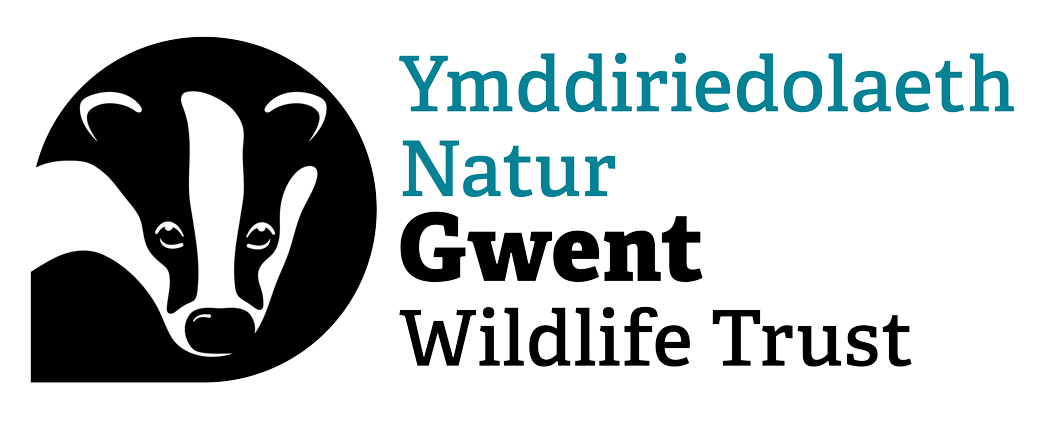Search
Chwilio
COP26
COP26
Insects on the move
You may well have ants swarming all over your patio as you read this, but when I think of ant swarms I think of the flying ants that appear from seemingly nowhere on a summer’s day.
Moorhen
A familiar black bird of our lakes, ponds and rivers, the moorhen is widespread; look out for its large and untidy-looking nest on the water in spring. It can be distinguished from the similar…
Blue shark
It's easy to see where the blue shark got its name from. These sleek, elegant sharks have beautiful metallic blue backs which provide brilliant camouflage out in the open ocean.
Little egret
The elegant little egret was once a rare visitor to our shores, but can now regularly be spotted around the coastline of England and Wales. Look out for its beautiful neck plumes that herald the…
Foundation Phase (Age 3-7)
Wilder Communities
Puffin
A funny little fellow in his glossy black dinner jacket and crisp white bib, the puffin is instantly recognisable from its brightly coloured parrot-like bill. Puffins use their colourful bill to…
Bigger, better and more joined up spaces for wildlife
In a special blog for our Big Give appeal, our Nature Recovery Manager Rick Mundy talks about about our vision for the Gwent landscape and how, with your help, we're creating more room nature…
Grey wagtail
A breeding bird of fast-flowing, upland rivers, the grey wagtail can also be seen in lowland areas, farmyards and even towns in winter.
